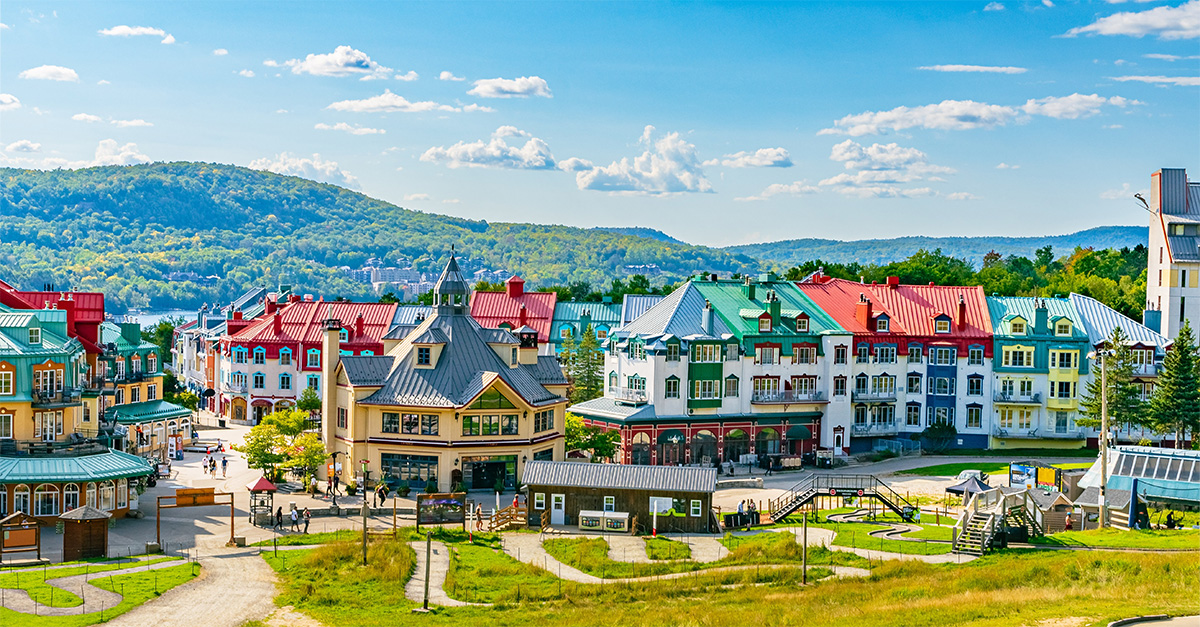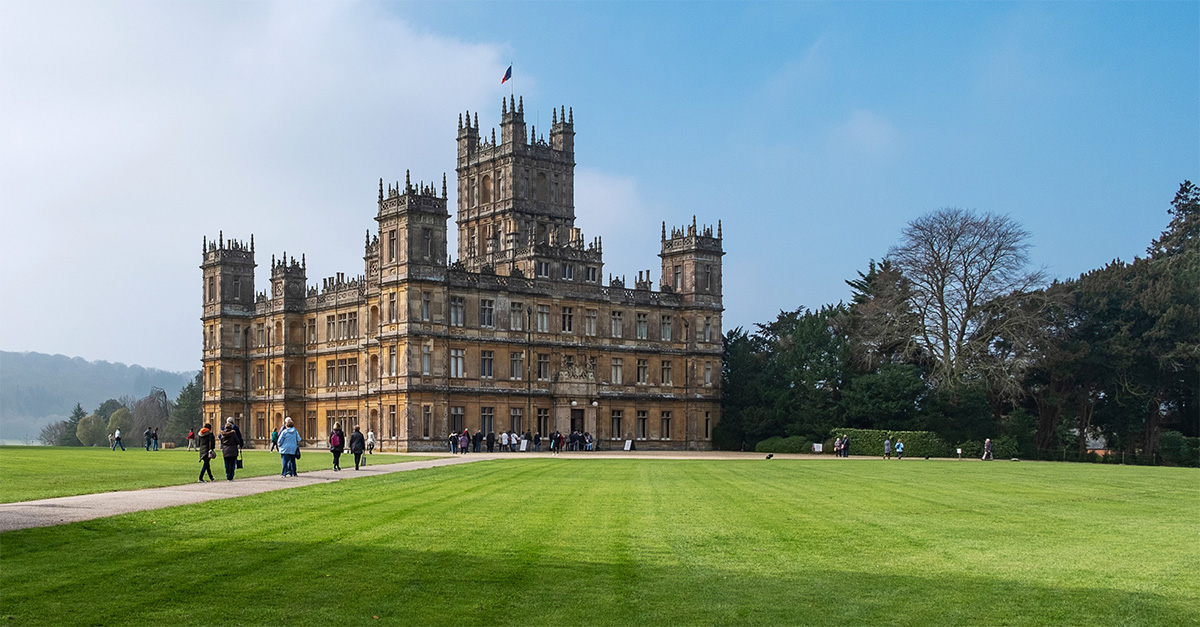Sun, sand, sea and statues: Tom Irwin checks out what Koh Samui has to offer
Like this article? Click here to download and save as a PDF.
Samui happens to be the Japanese word for ‘cold’, but while the Thai meaning is disputed, it’s safe to say it certainly doesn’t mean the same.
Both the island and its people are noticeably warm, so it’s no wonder this lush slice of paradise attracts 1.5 million tourists a year.
Visitors flock to Koh Samui to wind down on its stunning beaches and enjoy the laidback island atmosphere. They also increasingly come to chill out in the high-end luxury resorts that have appeared in recent years.
There weren’t even any roads on the island until the early 1970s, but while it’s hardly a bustling metropolis these days, tourism (and with it development) has taken off in a big way.
STAY: AFFORDABLE OR ASTOUNDING
Koh Samui has a great choice of hotels to suit different budgets, whether your customers are looking for an economical family option or are keen to splurge on their own private villa with a pool.
In the more affordable range, operators recommend the three-star Chaba Samui, located centrally in lively Chaweng, or you could suggest the four-star Akyra Chura Samui in the northeast.
For clients looking for a top-end luxury experience in a more secluded setting, the Banyan Tree Samui (pictured above) is a fabulous option.
Increasingly, visitors are swapping busier areas such as Chaweng for areas such as Bophut, which has a more relaxed ambience and retains something of an authentic local feel. The three-star Ibis Samui Bophut is a good inexpensive option here, or customers can splash out on a stay at the five-star Conrad Samui.

SEE: TEMPLES AND UNDERSEA ADVENTURES
A day’s diving trip to Koh Tao, a 90-minute speedboat ride from Koh Samui, is an absolute must for keen water lovers and those looking to try it for the first time. The glut of companies operating out of Samui can be a little overwhelming, but most resorts have agreements with local outfits.
Back on land, Koh Samui boasts several waterfalls, but perhaps the most impressive is the one at Na Muang, which has a large natural swimming pool beneath it.
Farther inland, the Magic Buddha Garden high in the island’s hills offers fantastic views and curious statues in a verdant jungle environment.
Chaweng is the largest town on the island and has the most popular beach, attracting families and young travellers alike. The middle of the strip contains Samui’s greatest concentration of restaurants, fast-food joints and bars, so if you’re after a big night out it’s here you should head to.
Smaller and less frenetic is Lamai, but it also features plenty of dining and drinking options. There’s more of a laidback atmosphere here and it is going through a period of rejuvenation as older facilities are replaced.
Chaweng and Lamai are also the best places on the island for a spot of shopping – you can bargain everywhere except in department stores, so advise clients to haggle.
It’s easy to rent bikes, motorcycles or a car, or take taxis, but recommend clients negotiate a price in advance. A unique mode of transport to experience is a ‘songthaew’ – covered red pick-up trucks, also known as ‘baht buses’ – where you press a button or bang on the roof to signal when you want to get off.
Bear in mind that there are certain Thai dress codes that should be respected: men should keep shirts on unless on the beach and women should not go topless.
SELL: HOW TO PACKAGE IT
The island has a tropical monsoon climate with high temperatures year-round, but the best time to visit is in the dry season from December to June.
Twin and multi-centres are a very popular way to package Thailand, and bundling up a longer stay in Koh Samui with a short stop in Bangkok is a favourite option.
For those prepared to take internal flights, consider slotting in the mountain city of Chiang Mai to the north, or Phuket, Thailand’s largest island, with vibrant nightlife. Those less keen on flying can add Koh Phangan – just 30 minutes from Koh Samui by boat.
Outside of the Thailand combinations, it’s also possible to package up Samui with other Asian cities such as Singapore or Hong Kong, or customers may like to split up their journey with a few days in the Middle East.




